Author: Steve Thanos
Typically used at relatively low rates, specialty malts can have a perceptible impact on beer color, aroma, flavor, and mouthfeel. When the goal is to produce a beer with noticeable levels of toasty character, two of the more popular specialty malt options brewers rely on are Biscuit Malt and Victory Malt, with many believing them to be similar enough to be used interchangeably.
Produced by Belgian’s Mouterij Dingemans, Biscuit Malt is said to impart a warm biscuit-like flavor to beer, hence its name. Similarly, Briess Victory Malt, which is described as a “biscuit-style” malt, is used to contribute a warm toasty characteristic to beer that’s akin to freshly baked bread. With both malts also being roasted to approximately the same color, the common comparison of Biscuit Malt to Victory Malt is certainly understandable.
I’ve used both Biscuit Malt and Victory Malt many times in my own brewing, and I admittedly bought into the idea that they were essentially the same product made by different maltsters. While I’ve been generally pleased with the impact both have on my beers, I began to wonder if each contributed its own unique characteristics and designed an xBmt to test it out for myself!
| PURPOSE |
To evaluate the differences between an American Blonde Ale made with Biscuit Malt and one made with the same proportion of Victory Malt.
| METHODS |
In order keep any impact of the variable at the forefront, I designed a simple Blonde Ale recipe where either Biscuit Malt or Victory Malt made up 5% of the grain bill.
False Bravado
Recipe Details
| Batch Size | Boil Time | IBU | SRM | Est. OG | Est. FG | ABV |
|---|---|---|---|---|---|---|
| 5.5 gal | 60 min | 18.1 | 5.9 SRM | 1.049 | 1.007 | 5.51 % |
| Actuals | 1.049 | 1.007 | 5.51 % | |||
Fermentables
| Name | Amount | % |
|---|---|---|
| Pale Ale Malt | 9 lbs | 94.74 |
| Biscuit Malt OR Victory Malt | 8 oz | 5.26 |
Hops
| Name | Amount | Time | Use | Form | Alpha % |
|---|---|---|---|---|---|
| Cashmere | 14 g | 60 min | Boil | Pellet | 6.6 |
| Cashmere | 28 g | 10 min | Boil | Pellet | 6.6 |
Yeast
| Name | Lab | Attenuation | Temperature |
|---|---|---|---|
| Tartan (A31) | Imperial Yeast | 75% | 32°F - 32°F |
Notes
| Water Profile: Ca 36 | Mg 12 | Na 9 | SO4 27 | Cl 17 |
Download
| Download this recipe's BeerXML file |
I started my brew day by collecting identical volumes of RO water in separate kettles, adjusting both to the same target profile, then lighting the flame under each to get them heating up.
Next, I milled the grains into separate buckets.
Once the water for each batch was adequately heated, I incorporated the grains then checked to make sure both were at the same target mash temperature.
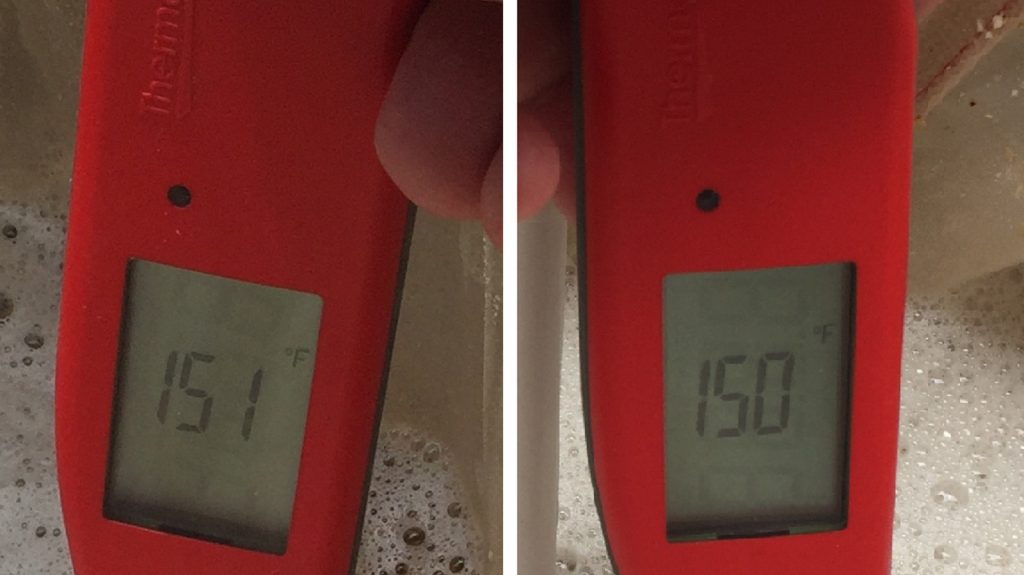
While the mashes were resting, I prepared the kettle hop additions.
Once each 60 minute mash was complete, I removed the grain bags then lit the burners to heat the worts. Once the 60 minute boils were complete, I chilled the worts then took hydrometer measurements indicating a small difference in OG.
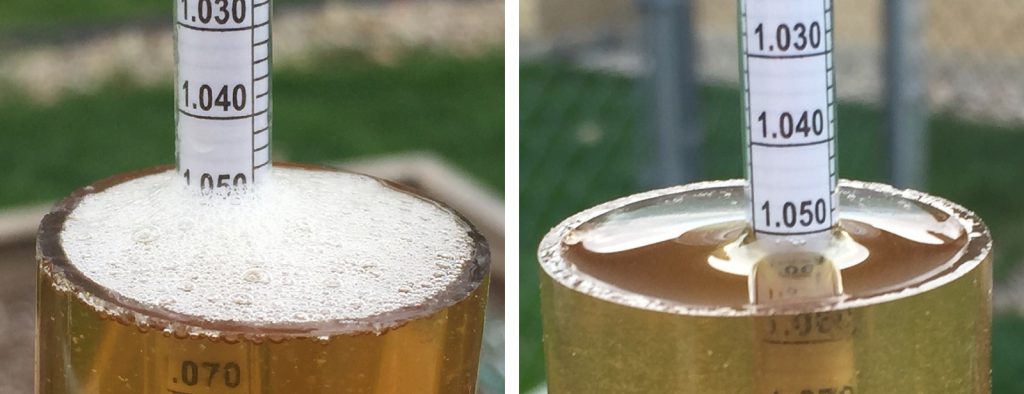
After racking identical volumes of wort to sanitized fermenters, I pitched a pouch of Imperial Yeast A31 Tartan into each.
The beers were left to ferment in my chamber at 66°F/19°C for a week before I raised the temperature to 70°F/21°C for a brief diacetyl rest. Hydrometer measurements taken 3 days later revealed the beer made with Biscuit Malt finished with a slightly higher FG than the one made with Victory Malt.
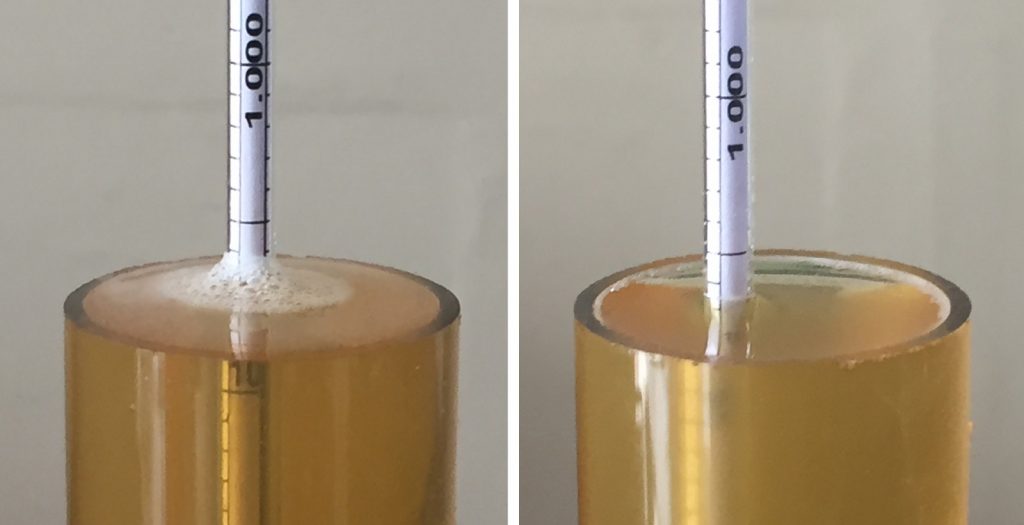
At this point, I pressure transferred the beers to sanitized kegs then placed them in my keezer on gas for 3 weeks before they were ready to for evaluation.
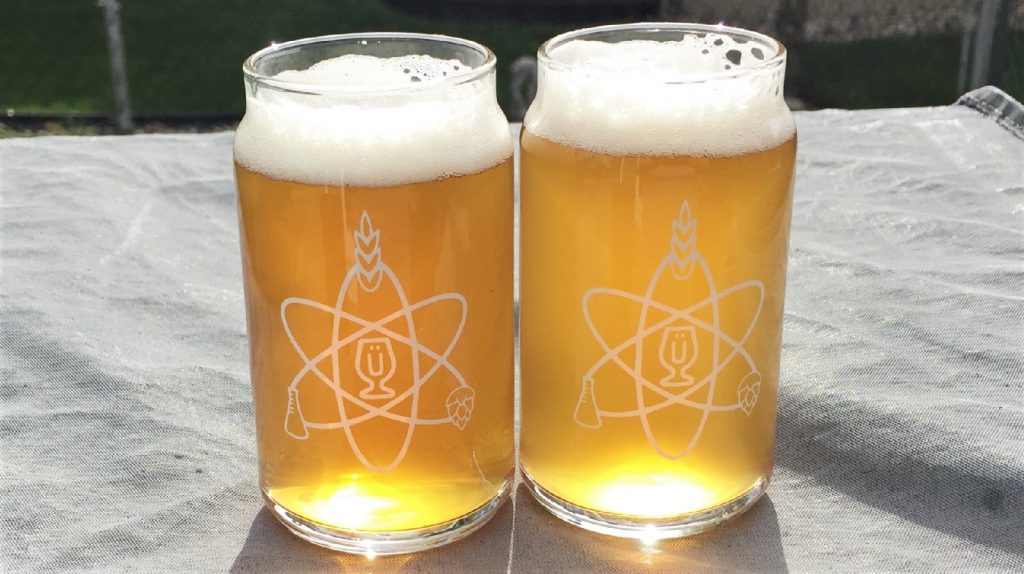
| RESULTS |
A total of 20 people of varying levels of experience participated in this xBmt. Each participant was served 2 samples of the beer made with Biscuit Malt and 1 sample of the beer made with Victory Malt in different colored opaque cups then asked to identify the unique sample. While 11 tasters (p<0.05) would have had to identify the unique sample in order to reach statistical significance, a total of 15 made the accurate selection (p=0.0002), indicating participants in this xBmt were able to reliably distinguish an American Blonde Ale made with Dingemans Biscuit Malt from one made with the same proportion of Briess Victory Malt.
The 15 participants who made the accurate selection on the triangle test were instructed to complete a brief preference survey comparing only the beers that were different. A total of 8 tasters reported preferring the beer made with Biscuit Malt, 3 said they liked the Victory Malt beer more, and 4 had no preference despite noticing a difference.
My Impressions: Out of the 5 semi-blind triangle tests I attempted, I successfully identified the odd-beer-out 4 times. While undeniably similar, I perceived the beer made with Biscuit Malt as being slightly sweeter, while the Victory Malt beer left a nutty impression on the back end of my palate. Both beers were quite good, though if forced to choose, I’d say I had a slight preference for the Blonde Ale made Biscuit Malt.
| DISCUSSION |
Specialty malts such as Biscuit Malt and Victory Malt play an important role in certain styles of beer, with both used to impart toasty, bready, and nutty characteristics. Despite being produced by different maltsters who likely rely on their own unique production methods, a popular notion among brewers is that Biscuit Malt and Victory Malt are essentially one in the same. However, the fact tasters were able to reliably distinguish an American Blonde Ale made with Biscuit Malt from one made with the same amount of Victory Malt suggests they do contribute their own unique characteristics.
For those who adopted the view that Biscuit Malt and Victory Malt are able to be used generally interchangeably, this xBmt result may come as a surprise. However, considering they are made by different maltsters who likely use different types of barley and their own proprietary processes, it makes sense that they’d contribute perceptibly different characteristics to beer.
Going into this xBmt, I fully expected neither participants nor myself would be able to distinguish these beers, which obviously was not the case. Now that I have personal experience with both malts, my plan is to use Biscuit Malt in lighter styles as well as those I want to possess that classic Midwest maltiness, while I’ll be reserving Victory Malt for darker styles like Porter and Stout.
If you have any thoughts about this xBmt, please do not hesitate to share in the comments section below!
Support Brülosophy In Style!
All designs are available in various colors and sizes on Amazon!
Follow Brülosophy on:
FACEBOOK | TWITTER | INSTAGRAM
If you enjoy this stuff and feel compelled to support Brulosophy.com, please check out the Support page for details on how you can very easily do so. Thanks!


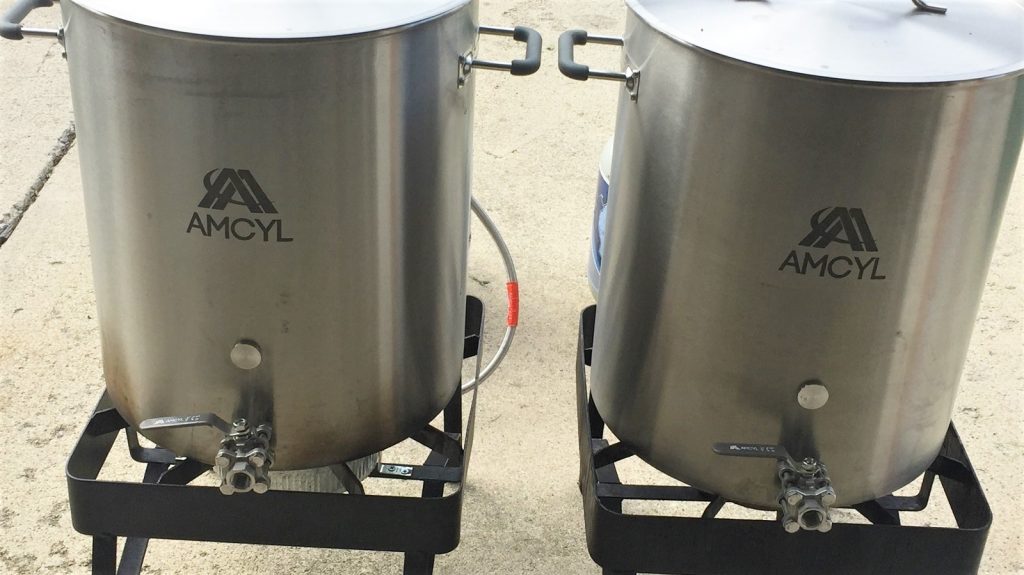
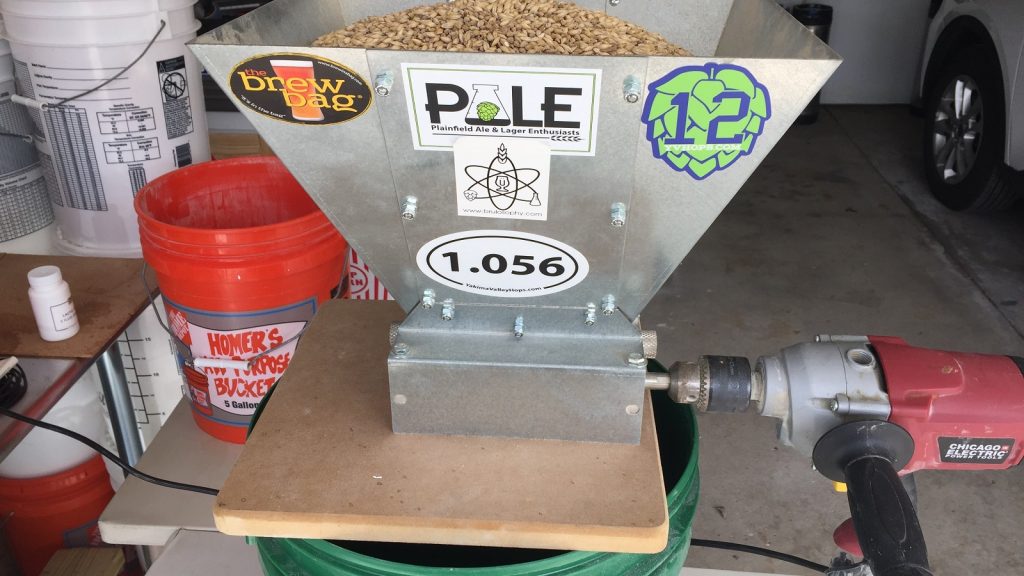
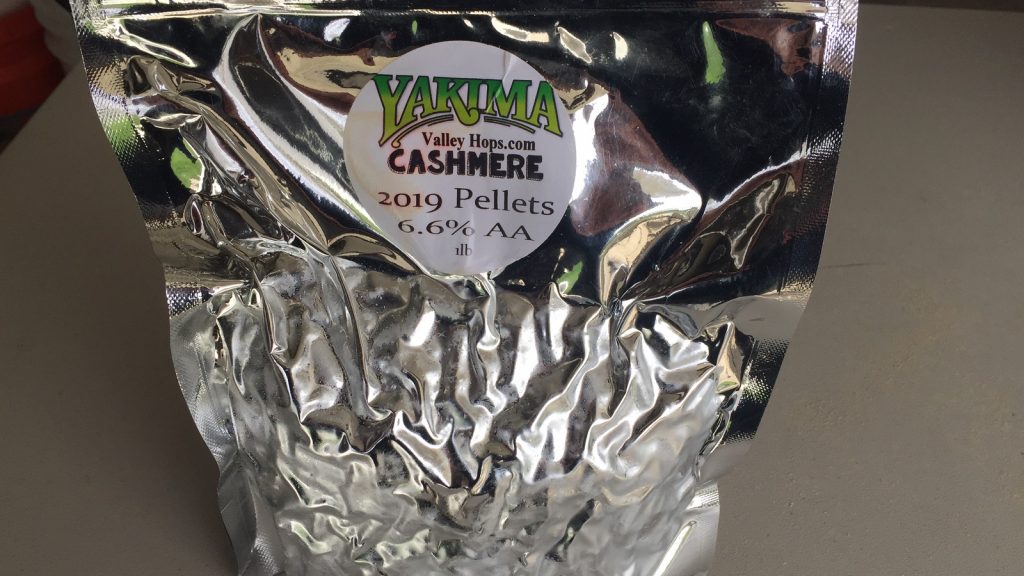
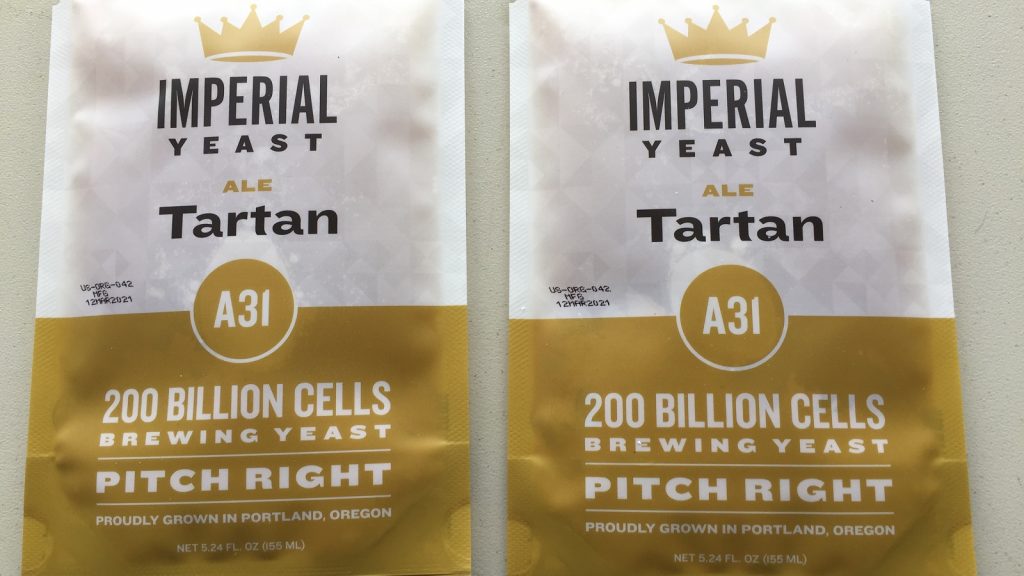











12 thoughts on “exBEERiment | Grain Comparison: Biscuit Malt vs. Victory Malt In An American Blonde Ale”
Now do melanoidin
Yeso
Melanoidin vs Carpils
Here’s one with melanoidin and honey malt. https://brulosophy.com/?s=melanoidin
Great comparison here. Funny, because my standard house IPA recipe has small amounts of *both* Victory and Biscuit. I guess I missed the memo that they are considered interchangable, but perhaps they are not. Thanks for the post.
I do appreciate exbeeriments, but your definition of statistically significant seems strange (as others have pointed out in other threads). 11 out of 20 would be one more than blind guessing, which in itself is well within the threshold of blind guessing.
How do you come to the conclusion that there is a less than 5% chance that 11 tasters would pick the right one?
Look up how triangle tests work and what p numbers are.
In a triangle test, chance would be one in three, not one in two.
11 out of 20 would certainly be one more than blind guessing… if the participants were served only 2 samples. In the case of the triangle test, they’re served 3 samples, which puts 11 at a hair over 4 more than blind guessing (20/3 = 6.7). Using a one-tailed binomial proportions test, we can see this results in a p-value of 0.03, which falls below our pre-determined 0.05 threshold. Here’s an article that goes over more of the stats stuff: https://brulosophy.com/2015/09/17/exbeeriment-results-corrections/
I came to reply to approve other comments but stumbled on these. The Society of Sensory Professionals also has a good writeup about statistical significance with respect to triangle tests. Give it a read when you get a few minutes!
https://www.sensorysociety.org/knowledge/sspwiki/Pages/Triangle%20Test.aspx
Math. It’s because the choice is not 50/50 ie not a coin flip situation, it’s selecting 1 of 3, (33% chance of guessing correctly if non-significant) so when you compound the odds of that happening 11 times out of 20 it’s quite rare that would happen by chance.
Love you guys. Learn a ton of great stuff that as a professional brewer, i don’t have time to evaluate on my own. you guys reach further than you know. Thank you
Thanks so much, Bill, we truly appreciate the feedback!